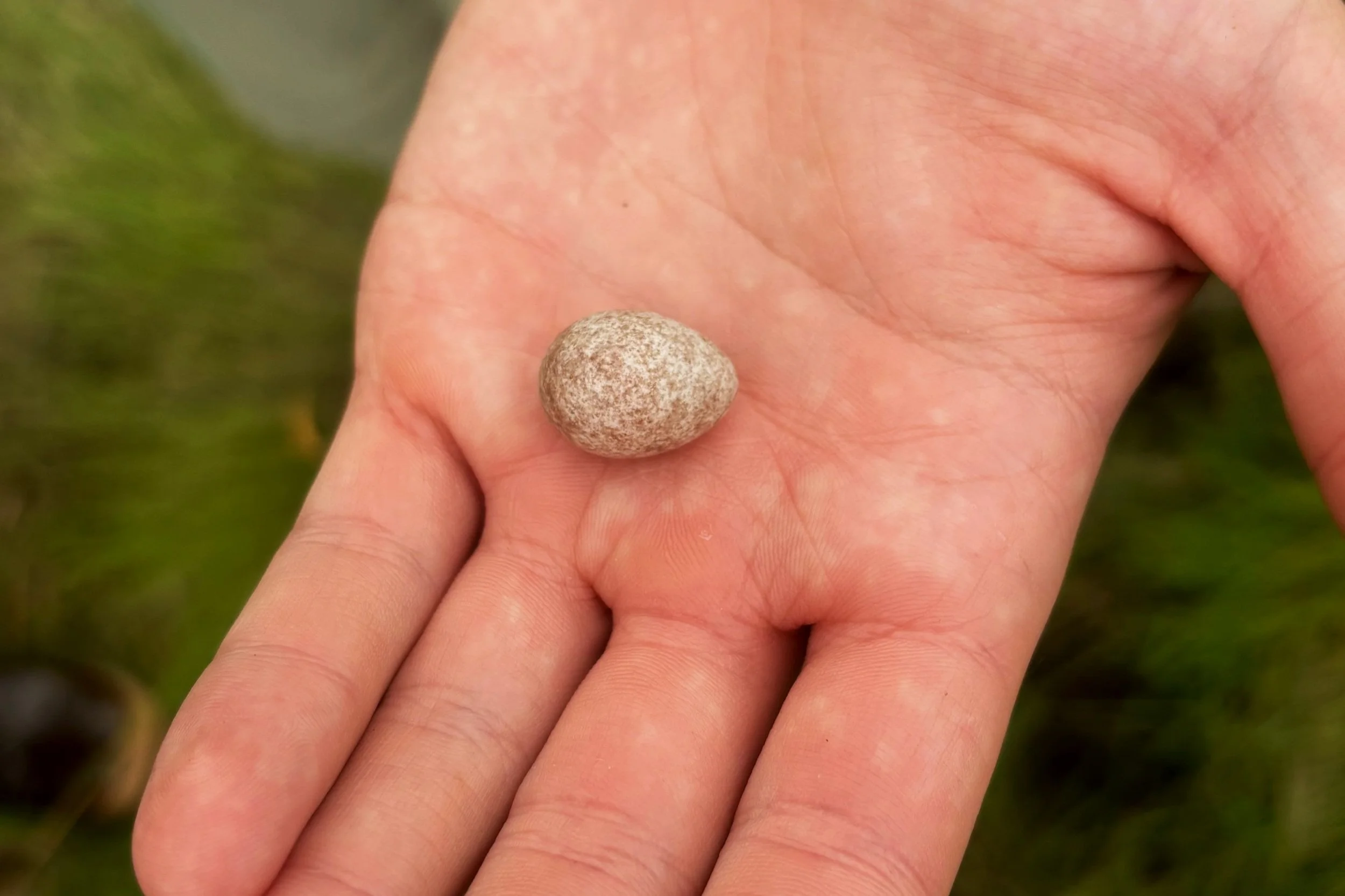
Narragansett Bay Estuary Program
Science Corner
Tune in to the latest science news in the Narragansett Bay region.

Finding Needles in a Haystack
Interns identify saltmarsh sparrow nests, place the nests in Nest Arks, and band nestlings to track their return with the Saltmarsh Sparrow Research Initiative.

Can We See Our Toes?
Can We See Our Toes?
This update explores changes water clarity in Narragansett Bay over time.

Into the Woods: Solar Fields in the Forest
Solar Fields in Forests
How do we balance energy needs with forest benefits? This update explores ground-mounted solar arrays in the Narragansett Bay Region

Our Places and Spaces: Providence Waterways
The history of Providence influences its ecology, and how we restore and preserve this space. Join us for the first entry in NBEP’s series “Places and Spaces”.

Reduced Nitrogen Pollution Result in Lower Chlorophyll and Hypoxia
Lowered Nitrogen Pollution = Better Water Quality.
Nitrogen pollution reduction over the last 15+ years shows improvement in Narragansett Bay water quality.

What Goes Up Must Come Down
Rain and snow are important pieces of the nitrogen budget. Brown University shares new data adding to our understanding of this little studied piece of the nitrogen budget.

Nutrient Reductions Means More Oxygen
A new report highlights changes to Narragansett Bay following major nutrient reductions. Chlorophyll and hypoxia have declined, indicating improvement in ecosystem health

Seagrasses Can “Hear”
Seagrasses are traumatized by man-made sounds in the ocean, leading to less carbon storage and a weakened relationship with a fungal symbiont.

Water, Water Everywhere: Flooding Without a Storm
Seas are rising, and high tides are reaching farther inland. This creates nuisance flooding, where flooding occurs without a storm. It’s damaging to infrastructure and creates unsafe conditions.

Tracking Land Use Change Around the Rhode Island Coastal Salt Ponds
This NBEP Science Update presents a first look at changes in land use from 2001 to 2016 in the watershed for the Rhode Island Coastal Salt Ponds.

A First Look at the Changing Land Use in Little Narragansett Bay Watershed
This NBEP Science Update presents a first look at changes in land use from 2001 to 2016 in the Little Narragansett Bay Watershed.

Our Land, Our Community: Our Changing Narragansett Bay Landscape
Tracking how we use land is fundamental to our understanding of how we can preserve and protect our watersheds. This update explores changes in land use from 2001 to 2016 in the Narragansett Bay Watershed.
